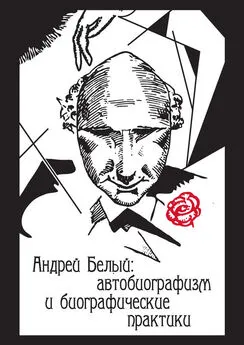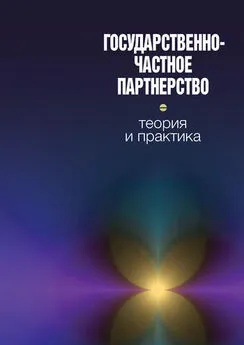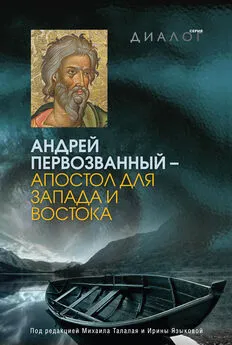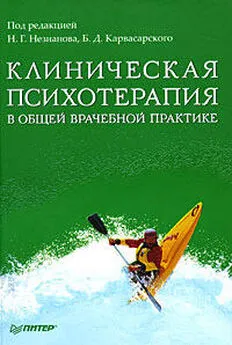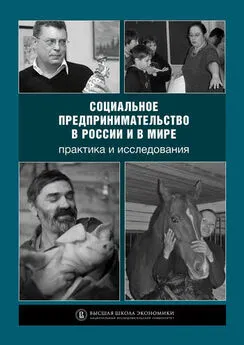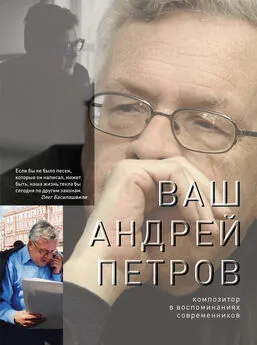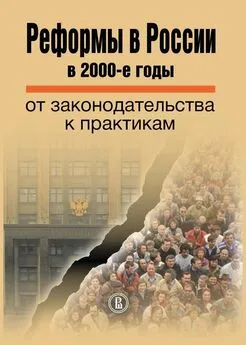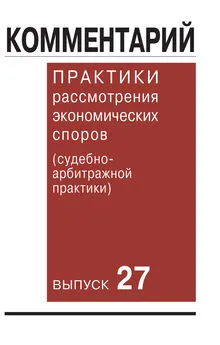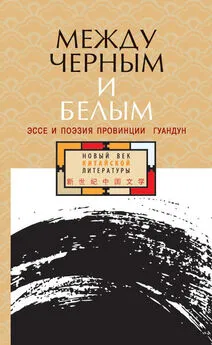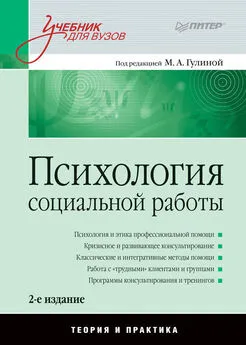Коллектив авторов - Андрей Белый: автобиографизм и биографические практики
- Название:Андрей Белый: автобиографизм и биографические практики
- Автор:
- Жанр:
- Издательство:ЛитагентНестор-История7684fd89-41fc-11e6-9c02-0cc47a5203ba
- Год:2015
- Город:Санкт-Петербург
- ISBN:978-5-4469-0663-5
- Рейтинг:
- Избранное:Добавить в избранное
-
Отзывы:
-
Ваша оценка:
Коллектив авторов - Андрей Белый: автобиографизм и биографические практики краткое содержание
В книге собраны статьи, посвященные жизни и творчеству прозаика, поэта, философа и антропософа-мистика Андрея Белого (1880–1934). В них выявляются сложные, разветвленные, прямые и опосредованные связи между фактами биографии писателя, его духовными переживаниями и художественным планом его произведений. Особое внимание уделяется особенностям эзотерического пути Андрея Белого. Авторы сборника доказывают, что изучение автобиографизма и биографических практик – ключ к пониманию феномена Андрея Белого. Книга – результат совместной работы Института славистики Падуанского университета и «Мемориальной квартиры Андрея Белого» (отдела Государственного музея А. С. Пушкина).
Андрей Белый: автобиографизм и биографические практики - читать онлайн бесплатно ознакомительный отрывок
Интервал:
Закладка:
Tellingly, early in Belyj’s memoir phase, when some of what he wrote about the recently deceased Blok actually alluded to himself, he portrayed the latter’s crisis around 1912 as a flight from an avenging Horseman. He is referring here to «Vozmezdie», Blok’s epic poem spanning three generations, which he was writing at the same time Belyj was working on «Peterburg». Belyj explicitly comments on how features of Peter’s statue in Puškin’s poem merge with the mysterious horseman who destroys the sorcerer in the final scene of Gogol’s story «Strašnaja mest’». [678]
Thus it appears that at this fateful moment in Russian history just before the First World War Belyj attributed deep national and personal significance to Evgenij’s flight through the streets in «Mednyj vsadnik». The first Swedish translation of «Peterburg» (1969) features on its cover Aleksandr Benois’s famous portrayal of this central scene. It is in fact an excellent summary of the keynote theme of the novel.
Dates are according to the Gregorian Calendar. Translated by Charles Rougle.Claudia Criveller (Padua, Italy). The Beast as an Element of Autobiographical Representation. «The Baptized Chinaman»: An Interpretative Hypothesis
Andrej Belyj’s wide autobiographical corpus is comprised of works that can be attributed to different genres (memoirs, autobiographies, autobiographical novels, diaries, letters), where the author played with new and experimental narrative devices and forms which, if sometimes borrowed from literary tradition, were always original. In these works the conventions typical of different genres can be recognized. An example can be found in his autobiographical trilogy «Epopeja»: «Notes of an Eccentric» («Zapiski čudaka») can be attributed to the genre of spiritual autobiography, [679]while «Kotik Letaev» and «The Baptized Chinaman» both contain some of the stylistic features of the Bildungsroman and of childhood autobiography. [680]However, none of these works can be interpreted through a single and rigid point of view. While Belyj uses traditional forms, its experimentalism produces extremely varied forms and devices which are typical of modernism. [681]This allows considering Belyj’s works as what Suzanne Nalbantian has defined as «aesthetic autobiography». Nalbantian derived her idea from the «transformation theory», which is grounded on the analysis of the processes of selection, substitution, distancing, abstraction, creation of composites, multiplication, diffusion, misrepresentation, mythification). [682]
Sometimes these devices are similar to some postmodernist ones. The similarity between the two trends was widely studied by scholars such as Michail Berg, who stated that the differences between modernism and postmodernism are not related to their poetic, but rather to the conditions in which their literary practices function. Michail Epštein instead believes that modernism and postmodernism are two different articulations of the same cultural paradigm, while Mark Lipoveckij assumes the existence of a kind of «postmodernization of modernism», which he interprets under a wider perspective, including within that category trends such as decadent, symbolist, and avant-garde movements up until the literary experiments made soon after the First Congress of Soviet Writers in 1934. [683]
Within the Russian context the comparison between modernism and postmodernism has been applied in relation to individual authors and movements, [684]although Belyj’s works are still not considered enough under this perspective. Masha Levina-Parker has analysed this topic in relation to Belyj’s autobiographical works, for which she proposed the definitions of «serijnaja avtobiografija» and «serijnoe samosočinenie» [685](the first of them is borrowed from Leigh Gilmore). This theoretical concept successfully describes the philosophical foundation of Belyj’s typical «variation on the theme» and his repeated autobiographical experiments, which are played on recurrent themes which Levina-Parker using Lotman’s words defines as «autobiographical invariants».
The erosion of the boundaries between genres that characterizes the «postmodernization of modernism» is at the base of the progressive overlapping of auto-biography and literary work. The fusion of reality and fantasy in new literary forms is based on literary practices which are rooted in literary tradition. The French scholar Vincent Colonna showed convincingly how ancient narrative strategies can be considered under the perspective of autofiction [686]as it was theorized after the mid-1970s. This allows us to imagine that the rise of autofiction in Russia can also be dated back to the modernist era. Some typical aspects of autofiction seem to be useful for a critical interpretation of Belyj’s autobiographical works. [687]In particular, some elements and fundamental strategies which Colonna identifies in various ancient literary works seem to be suitable for Belyj, as he recovers canonical literary devices and elaborates them in a new way. The results of this are not too different from postmodernist autofiction. In the present paper I will rely on the recent monograph by Emmanuel Samé [688]in order to show how zoomorphism and the representation of animals may be considered one of those elements.
Samé believes the relation between autobiography and autofiction resembles that between a father and son. He considers the author of autofiction as an «additional character in the story» usually presented masked as «the figure of the oppressed, of the “perverted” son». [689]He grounds his analysis on the fundamental concept of psychoanalytic therapy, which assumes the interaction between therapist and patient necessary. The relation between author and character in Samé’s view is constructed on the same type of relationship between the two parties, one of which has a stronger authority over the other. Samé first analyzes this «oppressor—oppressed» relationship. Through the analysis of a textual corpus, he studies the imitation, belonging and idolatry relationship that can be established between the two. Samé then reverses it and examines the escape from this relationship by the «oppressed». This happens through a destructive and anti-Oedipal outward projection which can be realized in various forms, such as disease, terrorism, anarchism, duel, or irony. Among these attitudes, which can all be considered in order to analyse the theme of the father in Belyj’s works, Samé devotes a chapter to the representation of the «cynical» animal. [690]
For the French scholar the rhetorical and ideological use of animalism in the representation of patriarchal power has two functions which he explains referring to the philosophy of cynicism, which aimed at proposing a model of life according to the laws of nature, i.e. in a stray and independent way, being indifferent to the essential needs and faithful only to moral righteousness. The first function which Samé describes regards identity, and it is the very act of distinguishing the animal from the human; the second has an apologetic nature, because it attempts to legitimize the use of the animal. Quoting a study by Françoise Armengaud, [691]Samé affirms that in ancient Greek society relationships such as male—female, adult—child, individual—slave, Greek—barbarian were similar to the relationships between man and animal. Such relationships designate the alienated creature, i.e. one which does not belong to itself, who does not exist in itself but only in order to be used by another. In this sense, he argues, the animal is «a-» or «non-» political, and the same are the non-men (women) or the non-free (slaves), the stateless persons (barbarians) who were all excluded from the same political field. The Cynics attributed a positive value to animalism precisely because of that exclusion from the political sphere. The a-political animal was deprived of power and opposed to the «free» man, who instead belonged to the city, the country etc., i.e. to the patriarchal order. The animal, Samé argues, «is not» what the free man «is». For this reason the very existence of the latter is legitimized also by his enslavement of the animal, the woman, the slave, the stateless person, the barbarian, i.e. of the non-men. In this perspective, the body is the political space of reference both for cynicism and, Samé argues, for authors of autofiction. Regarding poetics he examines some examples of a-political, «natural» and «abnormal» men, such as Tirso de Molina’s Don Juan. Compared to a tiger or a wild beast, he is an example of natural man opposed to the conformist society. Samé also quotes Gilles Deleuze’s studies on the return of the flesh to the body and the transformation of the human into the animal in Francis Bacon’s paintings. Within the autofictional corpus analysed by Samé are also studied the positive values of man which, under this perspective, are referred only to the body. The submission and masochism related to the sphere of non-human are positively represented by figures of animals, women and children. The father figure, i.e. the emblem of the static traditional patriarchal order, is not included. Therefore, Samé argues, the escape from the laws of psychoanalysis that regulate the father—son relationship and which constitute an important part in the first formulation ever of autofiction provided by Serge Doubrovsky [692]is realized at a literary level.
The interplay between biological life and specifically autobiographical literary representation within the postmodernist Russian context was recently studied by Philipp Kohl in relation to the work of Dmitrij Prigov, another author of novels where the self is fictional. [693]Based on the discussed theories of the Italian philosopher Giorgio Agamben, who makes a difference between «bios» as political life and «zoe» as biological life, and also the distinction made by Aristotle between «bios» as a form of life in the polis and «zoe» as life deprived of political qualities, Kohl proposes the concept of «zoegraphical writing», in which the autobiographical texts refer not only to the life of the human being, but also to non-human forms of life, including animals.
Belyj, as we know, has often used forms of zoomorphism that acquire diverse values in different texts. [694]It is a rhetorical strategy of central importance for Belyj for what concerns his auto-biographical representation. The writer uses it primarily in the depiction of the relationship that, in the words of Samé, we could define «oppressor—oppressed» and that serves as a leitmotif in his autobiographical works. The devices through which the representation of the father—son and the teacher—student (mainly, but not only, Rudolf Steiner) relationship are made can be inscribed in the category. In this paper I will focus only on the first relationship, which has already been the subject of numerous studies. [695]By use of the interpretative scheme proposed by Samé, I will show how the comparison with animals can be considered a fundamental rhetorical strategy in Belyj.
In each of his works the father—son relationship is built by various devices. Among them the comparison with the animals is extremely widespread especially in «Peterburg» (and even more so in its theater and movie script), «The Baptized Chinaman» and in the first of the two novels of the cycle «Moscow». In «The Baptized Chinaman» [696]zoomorphism becomes an important constructive element, while the use of the images of animals is a dominant rhetorical strategy. Basically all of the characters in the novel are described on the basis of a comparison with animals or are themselves with animals that are in the backdrop.
Читать дальшеИнтервал:
Закладка:
